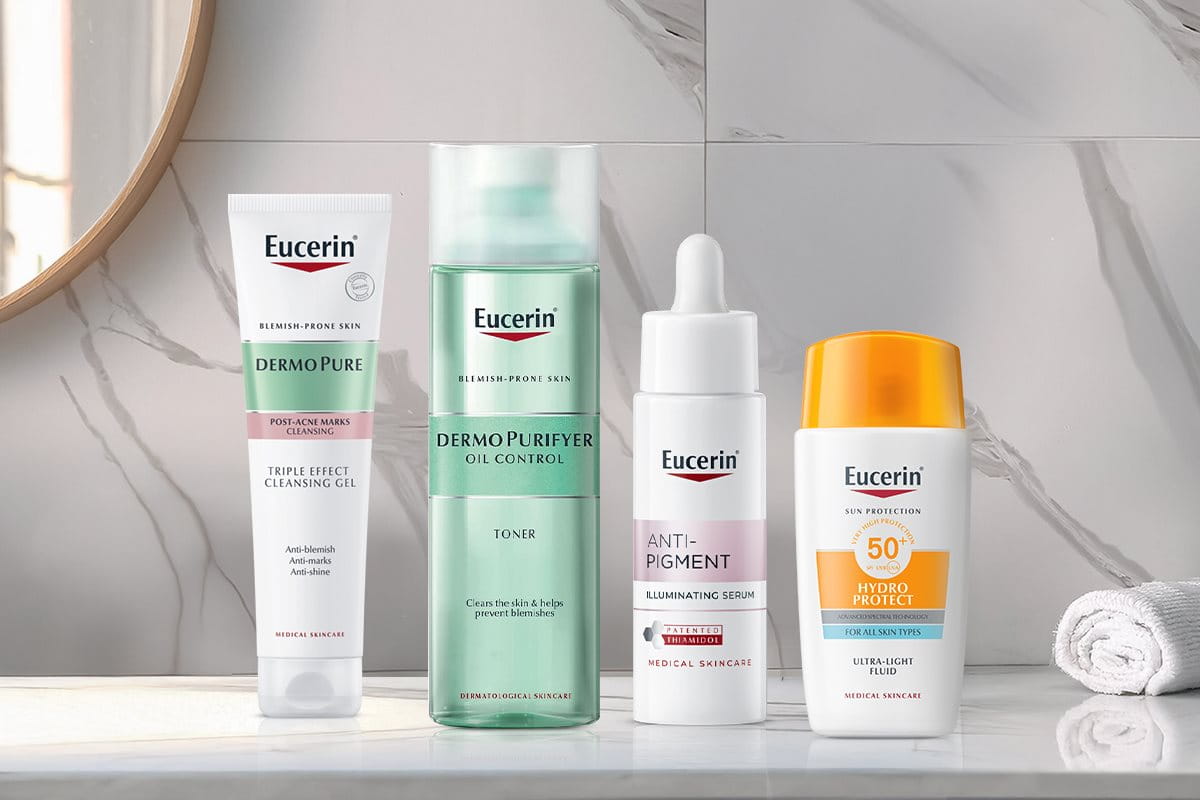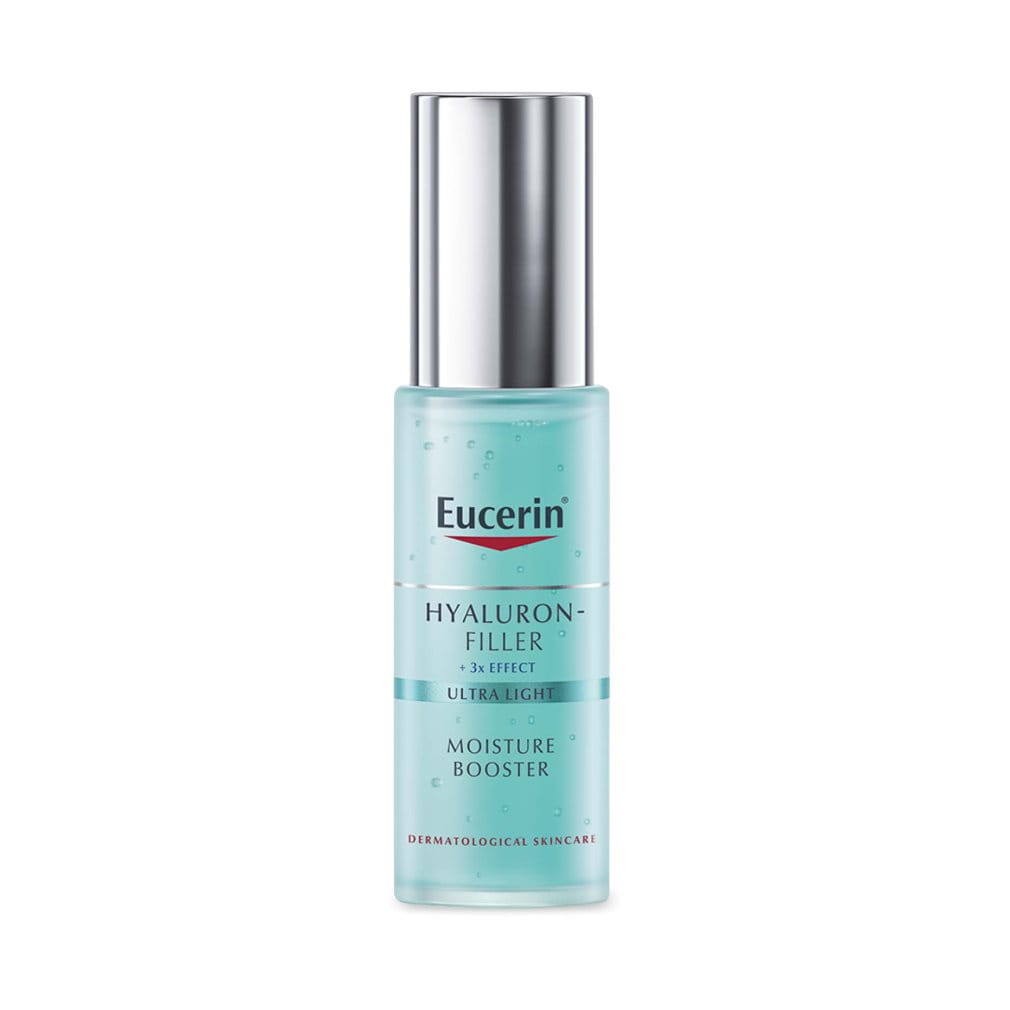The skin barrier, also called the stratum corneum (SC), is the outermost part of your epidermis and functions as a primary shield, safeguarding the internal physiological systems and external environmental challenges.
The SC operates with precision, balancing hydration, providing mechanical resilience, and preventing the entry of harmful substances such as irritants, allergens, and microbes. When functioning properly, this barrier ensures skin comfort, smoothness, and flexibility.
Structure and Function of the Skin Barrier
The stratum corneum follows a specialized "brick and mortar" structure. The "bricks" in this system consist of corneocytes, which are differentiated, flattened cells that have completed their keratinization process. These cells are enclosed in a durable protein envelope, providing structural integrity to the skin.
Within these corneocytes is the Natural Moisturizing Factor (NMF), a water-attracting substance comprising components such as amino acids and urea. If your skin experiences dryness, a protein called filaggrin breaks down to supply more NMF and help retain essential moisture.
Holding everything together is the “mortar,” an intricate lipid matrix of ceramides, cholesterols, and free fatty acids. This purposeful blend is greatly strategic in slowing water evaporation and preventing irritants from penetrating into the skin.
If lipids like ceramides become scarce or structurally shorter, then the entire shield weakens. This leads to an increase in water loss, dryness, and sensitivity. By balancing water content and maintaining a robust lipid framework, the skin barrier stays soft, flexible, and able to self-repair efficiently.
Functionally, the SC is a water-dependent shield. Hydration levels of the skin can potentially regulate enzymatic activity required for desquamation (skin shedding) and elasticity. However, stressors can accelerate transepidermal water loss (TEWL), but a healthy skin barrier engages intrinsic repair systems to counteract these adverse effects to maintain overall health.
Hence, maintaining adequate hydration is essential to sustain barrier integrity, pH balance, and restoration.






